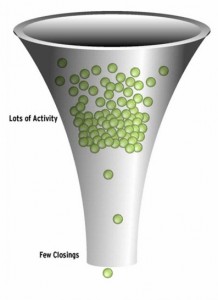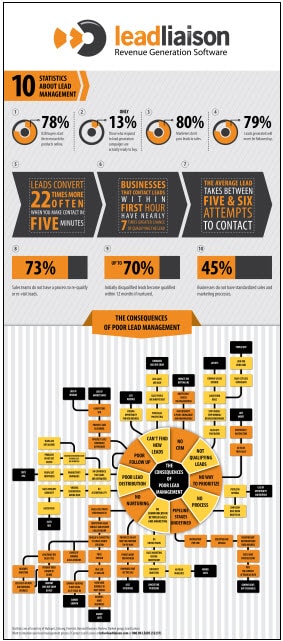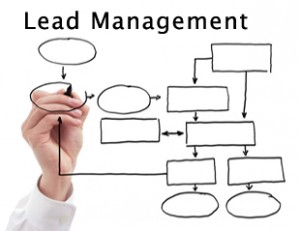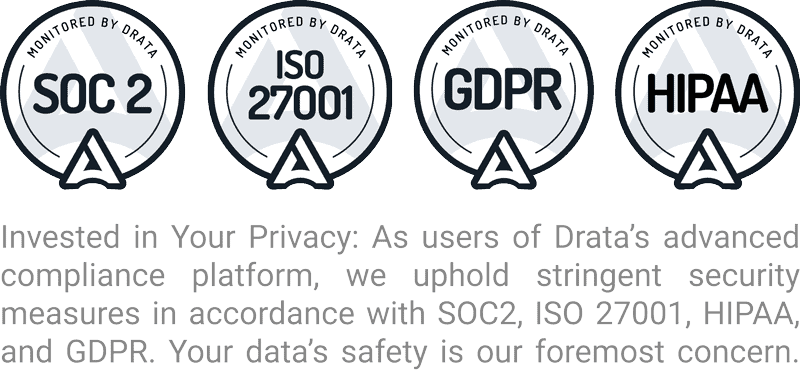8 Ways to Improve Sales Productivity With Lead Management Automation
 Is your B-to-B enterprise challenged to uncover ways to improve sales because of stiff competition? If so, here are 8 ways to improve sales productivity with lead management automation. Often, the solution is how well leads are managed from the point of acquisition to the point they are handed to your sales team. The way to improve sales productivity is also the answer to increased marketing and sales efficiency – lead management automation.
Is your B-to-B enterprise challenged to uncover ways to improve sales because of stiff competition? If so, here are 8 ways to improve sales productivity with lead management automation. Often, the solution is how well leads are managed from the point of acquisition to the point they are handed to your sales team. The way to improve sales productivity is also the answer to increased marketing and sales efficiency – lead management automation.
Within most traditional lead management programs, there are multiple factors that impact sales outcomes, such as outreach or lead qualification. The problem is that most of these factors take time to develop, implement, and evaluate. Even with all the automated functions available to B-to-B companies, there are still countless small, mid-size, and (yes) large enterprises that continue to acquire and manage leads manually. This leads to lost time, discarded leads, and inefficient sales practices.
Lead management automation provides several key functions that, when implemented properly, can reduce sales cycles, increase close rates, and generate greater revenue. Here are 8 cornerstones of a strong lead management platform:
Sales Prospecting
Sales agents can search a database of over 200 million companies to find industry, company, and contact details. System users can target prospects by company, job title, or state. Additionally, agents can search your existing database for social and behavior profiles of your prospects.
Lead Generation
Identifying leads can be a difficult and time-consuming activity. Through an automated lead generation function, your sales team has an additional member – your website. Lead management automation supports your sales agents’ prospecting by tracking website visitors and delivering only interested prospects to your sales team.
Lead Nurturing
Most experienced sales professionals will tell you that 80% of leads are not ready to buy when they are first contacted. Companies can improve sales productivity through an automated process of consistent outreach and escalating messaging as leads advance through the sales pipeline.
Lead Qualification
It’s tough to close sales without reaching the right person with adequate buying signals. Leads can be easily qualified through a lead management automation solution that identifies whether a prospect is viable and appears ready to buy.
Sales Pipeline Management
One of the more effective ways to improve sales is to recognize where a lead is in the sales pipeline. Contacts that are approached too soon or too late result in failed sales attempts. Lead management automation provides a lead scoring matrix for sales to identify when a lead has become marketing-qualified and is ready for a sales call.
CRM Integration
Today’s sales force uses customer relationship management software to manage sales activities. To optimize your sales team’s ability to understand its prospects from first contact through sales support, a lead management automation platform integrates with existing CRM software.
Buy Signal Detection
When a prospect is ready to buy, there are often digital buy signals that indicate sales-readiness. Salespeople can be alerted when a signal is transmitted, such as opening a time-sensitive email message or submitting a web form.
Email Campaigns
With lead management automation, the return on email campaigns can be markedly improved. Users can create multiple email messages at one time then schedule delivery throughout a specified time period. Sales agents can focus follow up activities with only those that performed specific activities like opening the message or clicking through a link.
Despite the term “marketing automation” being often used to describe products that provide a digital lead management process, lead management automation is just as effective at improving sales productivity as it is at improving marketing practices.










